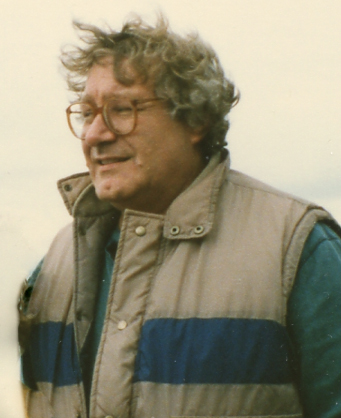
| Home Page | About the Artist | Paintings | Drawings | Reliefs | Sculptures | Prints | Series | Slide shows | Links | Contacts |
 |
David Haigh |
| Canadian-British Artist | |
| 1936 - 2003 |
About the Artist
All of the text below links to sections of this "About the Artist" page. Click on any of the links to see that section of the page, or simply scroll down.
| David's Biography | Curriculum Vitae | Photographs |
| Awards | ||
| Collections | ||
| Solo Exhibitions | ||
| Group Exhibitions | ||
| Charity | ||
| Book Illustrations | ||
| Written Material |
David Haigh arrived in Halifax, Nova Scotia in September 1969. Convinced that art is a great calling, he prepared enthusiastically to work as a painter, sculptor and print maker. A month before, he had married Elizabeth Luchka, who had landed a job at St. Mary’s University teaching the history of science. Neither one of them knew much about the maritime provinces, but it was bound to be an adventure. They planned to stay for about two years.
David was born into a working class family in Leeds in Yorkshire in 1936. He was fortunate to be able to attend an elite local grammar school. The teachers took their pupils to visit Leeds Art Gallery, one of the UK’s finest. There David got his first exposure to painting and to sculpture. He took to visiting the gallery himself, soaking up earlier and contemporary work.
He was one
of the last of young British men drafted into military service. For two
gloriously rowdy years, still a teenager, he drove tanks around western Germany
and became a crack shot (confirmed by a collection of engraved silver cups and
spoons). Returning to civilian life, he apprenticed as an instrument maker
and went on to design medical instruments. Meanwhile, he attended the Leeds
College of Art, initially on a part-time basis. There he was fortunate to
receive instruction and much personal encouragement from the notable painter
Patrick Oliver, one of the ‘teddy boys of British art’, who advised him always
to carry a sketchbook with him. David’s earliest work in oil and watercolour
owed much to German expressionism. His lifelong he retained a strong affinity
for German work.
Halifax was a
letdown. There were a number of private galleries whose proprietors and clients
knew what they liked – mostly pretty seascapes. There was little room for
artists concerned with a larger art world, especially if they were not connected
to the local art college. In the 1970s, the administrators of NSCAD (Nova Scotia
College of Art and Design) were reshaping the school as a vanguard of the
currently fashionable conceptual art movement. Occasionally, that was
stimulating! Largely, however, David judged much of the effort to be vapid
and self-indulgent. Some years later, the fad having receded, he taught life
drawing at NSCAD.
When it
became a national organization in Winnipeg in 1971, David joined an artists’
union, the Canadian Artists’ Representation (CAR). Started by Jack Chambers, its
goal was to raise the status of Canada’s visual artists. Its members worked
largely to establish the principle of fees for artists showing in public
galleries. Most east coast galleries resisted mightily. The local press,
including the CBC, provided space for virulent attacks on the presumptuous
artists, dismissing them as untalented whiners. Articulate, with an acid
wit, David was their natural spokesman. He made warm friends as well as
implacable enemies. With many of the same local artists, David helped to found
Eye-Level Gallery, an alternative exhibition space. Its mandate was to show
serious contemporary work done by people who knew something of art history and
of the larger art world in general.
David’s own
work was much influenced by such Yorkshire sculptors as Barbara Hepworth and
Henry Moore. For his first four or so years in Canada, he sculpted and made
“constructions”, experimenting with wood, metals, resins and any other materials
which came to hand. He made wood block prints. In 1975, he spent two months as a
visiting artist at a print workshop in Wolfsburg, Germany. In 1975-76, he did
studies in intaglio printmaking at the Islington Graphic Studios in London.
Members of the CAR group worked diligently, but without success, to get a print
workshop established in Nova Scotia. Always he produced paintings in oils on
canvas and in watercolours. Largely in his last decade, he gravitated to making
vivid and sensuous pastel drawings, many of them works in series. The sketch
book was always near to hand.
David’s
avocation was archaeology and pre-history. Those interests blended seamlessly
into his consuming interest in art history. In the 1960s, he was one of the last
people to visit the prehistoric Lascaux cave before it was closed to the general
public. He considered that the development of art was integral to the evolution
of our human species and of civilization. The development of the ability to
speak, which made it possible to form abstract ideas was concomitant with the
creation of art and music. Speech and art, David believed, separated us from our
proto-human ancestors and drove our species out of Eden.
He studied
the evolution of tool making and of bronze age metal working . His idea of the
perfect day was one spent at a prehistoric site scanning the ground for stone
tools. So he wandered over Ilkley Moor, Salisbury Plain and Grimes Graves in
England; over Debert and the shores of Lake Rossignol in Nova Scotia; and many
other prehistoric sites wherever he found himself. He once picked up a neolithic
stone scraper just off a sidewalk at Heathrow Airport. In the summer of 1980, he
was official artist with a Canadian archaeological team in Apulia, Italy.
Archaeological and prehistoric themes increasingly found their way into his work
in the 1980s. Alas, he never quite got around to writing a long planned book on
the history of bronze age metal working.
In the
mid-‘80s, David fell subject to depression, which he put down to what he
considered to be years of neglect by the official art scene. The deep and
relentless melancholy which descended from time to time strained all of his
personal relationships. Whenever his mood lifted, he returned diligently
and energetically to work, only to succumb again to waves of despair and
hopelessness.
Late in 2002,
David was diagnosed with terminal cancer. Remarkably, he stopped taking his
anti-depressant medication. He lived his remaining eight months with grace and
good humour, taking care to ensure that no friend or visitor was made to feel
uncomfortable on account of his illness. Whenever he could, he revisited
favourite local stone tool making sites.
For years,
whenever he could visit it, he delighted in the energy and cultural richness of
New York. He went there one last time in the spring of 2003. He and Elizabeth
visited MOMA and the Guggenheim. They went to the theatre and sat in cafes
watching people. Notably, the highlight of the week was a visit to an exhibition
of classical Egyptian art at the Brooklyn Museum. Much of it made more than four
thousand years earlier, the work remained vibrant and fresh, providing a window
to the origin of civilization. David took from it both solace and
inspiration.
Born in Leeds, Yorkshire, England, 26 November 1936
Scientific Instrument Maker/Designer, 1960-‘67
Studies in painting & life drawing, Leeds College of Art, Adult Education, 1963-’65 under supervision of Patrick Oliver
Resident in USA and Canada since 1969; Canadian citizen
Islington Graphic Studios, London, UK. Studies in Intaglio Printmaking, 1975-‘76
Sessional Drawing Instructor, Nova Scotia College of Art & Design (NSCAD), 1981-‘84
Resident in Munich, Germany, 1991-‘92
Resident in Oxford, England, 1992-‘94
1980 – Silver Medal, City of Manfredonia, Apulia, Italy
1980 – Canada Council Visiting Artists Grant
1980 – Government of Nova Scotia Arts Bursary
1975 – Visiting Artist: Print ‘workshop, City of Wolfsburg, West Germany
1975 – Government of Nova Scotia Arts Bursary
Art Gallery of Nova Scotia
Beaverbrook Art Gallery, Fredericton, New Brunswick
Bronfman Collection (Claridge Investments Ltd.), Montreal
Canada Council Art Bank, Ottawa
C-I-L Inc., Toronto
Dept. of Foreign Affairs & International Trade, Canada
Nova Scotia Art Bank
Petro-Canada, Calgary
Stadtische Galerie, City of Wolfsburg, Germany
Swan Hill Regional Gallery of Contemporary Art, Victoria, Australia
2005 – “An Exhibition of Paintings,” Zwicker’s Gallery, Halifax, October 28 – November 18
1990 – Zwicker’s Gallery, Halifax, April 6-28
1984 – “Slow Painting” (with Kristen Schofield-Sweet), Mount St. Vincent University, Halifax, N.S., October 19 – November 11
1982 – “Suntan Lotion and the Products of the Bronze Age”, Anna Leonowens Art Gallery, NSCAD, Halifax, N.S., October
1980 – Nancy Poole’s Studio, Toronto, October 4-16
1980 – Archaeological Exhibition – “Il culto delle Aqua”, Palazzo dei Celestini, Manfredonia, Apulia, Italy, August – December.
1977 – Eye-Level Gallery, Halifax, N.S., June-July
1975 – Eye-Level Gallery, Halifax, N.S., July-August
1972 – Saint Mary’s University Art Gallery, Halifax, N.S.,
1995 – “Collective Viewing: Selections from the Art Bank of Nova Scotia 1975-1995”, Saint Mary’s University Art Gallery, Halifax, N.S., May10-June 18.
1992 – “Subject/Matter – Contemporary Painting and Sculpture in Nova Scotia”, AGNS, Halifax, May 2-July 12. It traveled in 1993.
1990 – “10th Annual Faculty & Staff Art Exhibition”, Saint Mary’s University Art Gallery, Halifax, January 11-31.
1989-1990 – “Long Live Death: Concepts of Non-existence”, Midway Forum Gallery, Toronto, November 25 – January 25.
1989 – 2nd Annual Art Auction, Eye-Level Gallery, Halifax, February 13-17
1988 – Sixth Triennial of Realistic Art, Sofia, Bulgaria. May 9 – July 9.
1987 – Opening Ceremonies Exhibition, Pratt & Whitney Canada Inc., Enfield, Nova Scotia. November 1-10.
1987 – “14 Contemporary Nova Scotia Painters: Acquisitions 1977-87”, AGNS, Halifax, April 30 - September 20
1986 – Foreign Ministers/ NATO Conference, World Trade & Convention Centre, Halifax. May 25 – 31.
1984 – “21 Works from the Canada Council Art Bank Collection”, The National Arts Centre, Ottawa. June 25 - December 25.
1984 – “10 Nova Scotia Artists”, Albert White Gallery, Toronto, March 31 -April 25.
1982 – Caines-Floyd Studio Gallery, Toronto, August 12 – September 12
1980 – “Drawings – John Clark, David Haigh, Ron Shuebrook, Carol Wainio”, Eye-Level Gallery, Halifax, April 22 – May 8
1978 – Hobson Gallery, Cambridge, England
1976-1977 – “Doors Exhibition”, Camden Arts Centre, longon, England, December 14 – January 30.
1976 – “Private Eye” Auction, Bonhams, London, England, November 19.
1975 – “Exhibition Schlosstrasse 8”, Wolfsburg, Germany. November 23 – December 23.
1975 – “Craft into Art”, Sculpture Exhibition, mount St. Vincent University, Halifax.
1975 – “9 out of 10: a Survey of Contemporary Canadian Art’, Art Gallery of Hamilton, November-December, 1974; Kitchener Waterloo Art Gallery, January-February, 1976; Stratford Art Gallery, February-March, 1976.
1974 – “The Peggy’s Cove Syndrome”, Eye-Level Gallery, December.
1974 – “Contrasts”, Acadia University Art Gallery, Wolfville, N.S.
1974 – “Nova Scotia X 15”, Dalhousie University Arts Centre
1973 – “Morbus, a Ritual”, Dalhousie University Arts Centre
1971-1972 – Second Atlantic Biennia (APAC)
1967, 1968, 1969 – Yorkshire Artists’ Exhibition, Leeds Art Gallery, England
CHARITY (a selection)
1988 – Izaak Walton Killam Children’s Hospital (Kermesse), Halifax, June 2-4
1989 - (April 7-9) and 1987 (May8-10) – Hospice of St. John: Delta Brunswick Inn, St. John, N.B.
1982 and 1981 – Dalhousie Medical Research Foundation: Lord Nelson Hotel, Halifax,
1980 – Maria Antonietta Cocco, Camminare, ET Edizioni, Milan, Italy
John Murchie, “Subject/Matter”, Arts Atlantic, Fall, 1992
Ray Conlogue, The Globe and Mail, 20 July, 1992
Sylvie-Anne Delalune, “Subject/Matter” Visual Arts News, 1992, Vol. 14, No. 1
Robin Metcalfe, “Subject/Matter – Contemporary Painting and Sculpture in Nova Scotia,” Art Gallery of Nova Scotia, Halifax, 1992.
Dawn Rae Downton, “David Haigh: New Drawings and Paintings”, Arts Atlantic, June 1990, Vol. 61, No. 6.
Lesley Barsky, “Great Canadian Art under $2500” Chatelaine, June 1988, Vol. 61, No. 6.
Patrick Condon Laurette, “A Revival of Icons”, Art Gallery of Nova Scotia Journal, 1987, Vol. 4, No. 1.
Kit Lort, “Ten Nova Scotia Artists”, Arts Atlantic, 1984, Vol. 5, No. 4.
Susan Gibson, “Slow Painting – Works by David Haigh”, Mount St. Vincent University, 1984.
Ron Shuebrook, “The Persistence of Representation: some Issues, Some Identities”, Arts Atlantic, 1982, Vol. 4, No. 3.
Don Kane, “Sense and Sensibility, Halifax Magazine, October 1981, Vol. 3, No. 10. (This article contains references to material written before 1975).
Felicity Redgrave, “David Haigh”, Visual Arts News, 1977, Vol.1, No. 3.
“Schloss-Kunst als weites Feld”, Wolfsburger nachrichten, Wolfsburg, West Germany, December 1975.
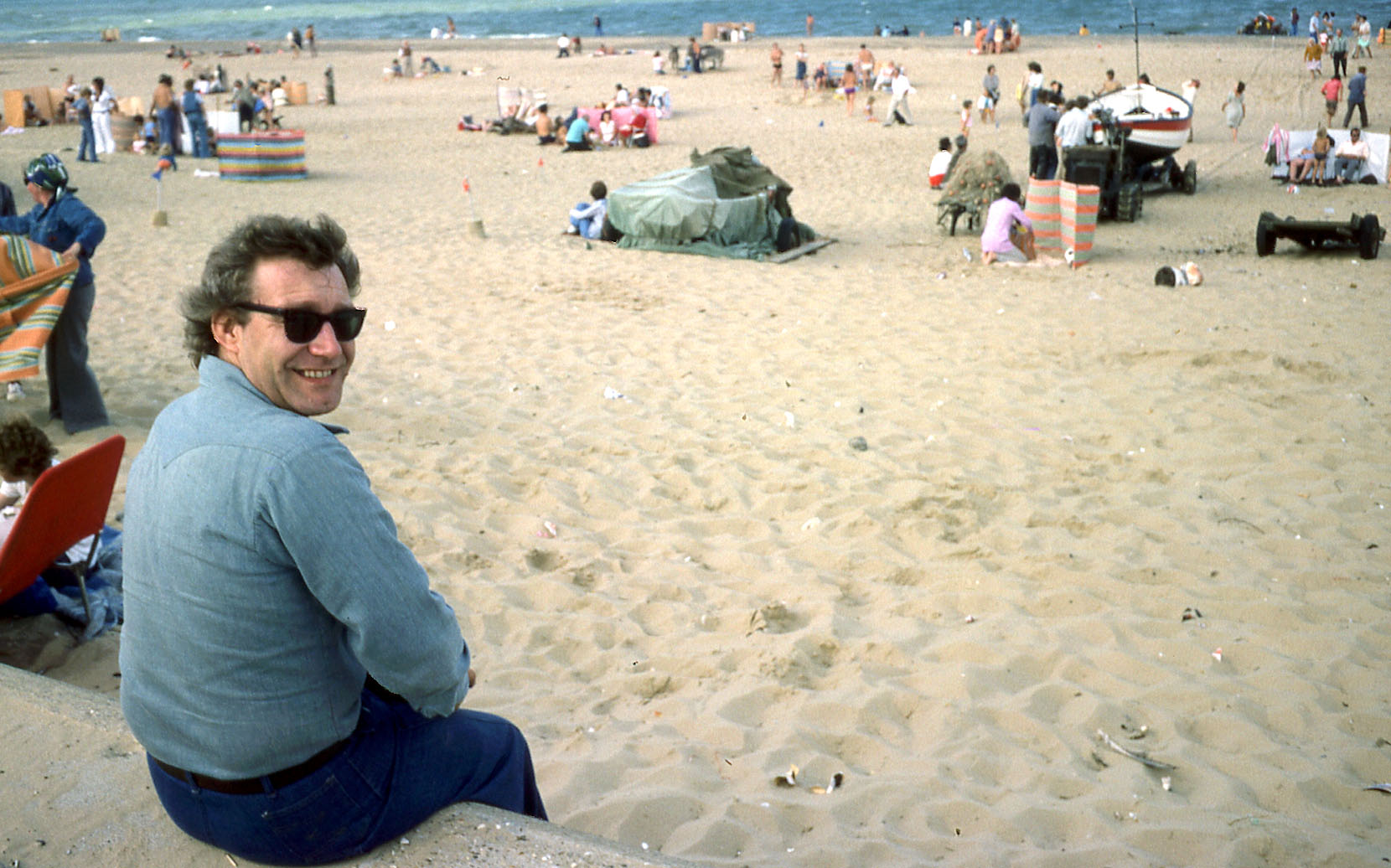 |
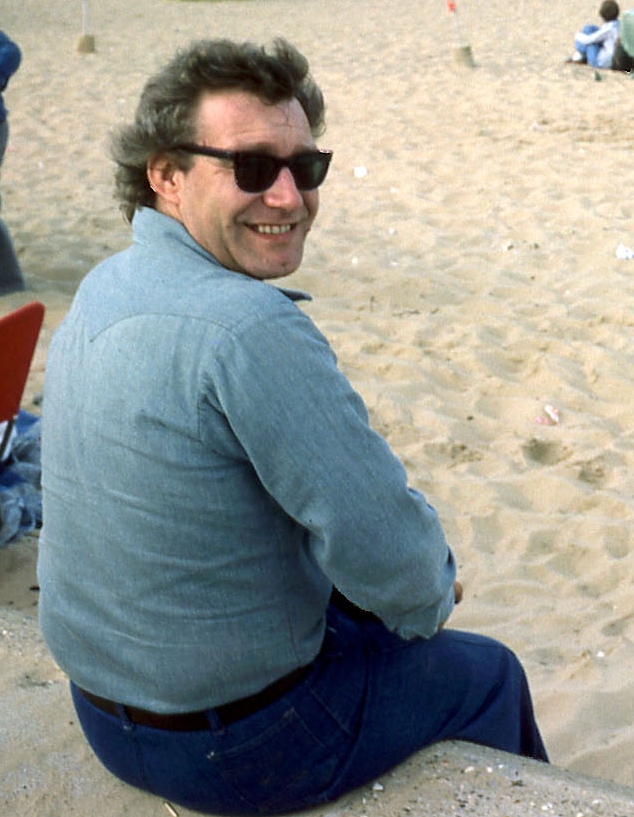 |
|
| ↑ David at the Beach ↑ | ↑ David at the Beach (Extract) ↑ | |
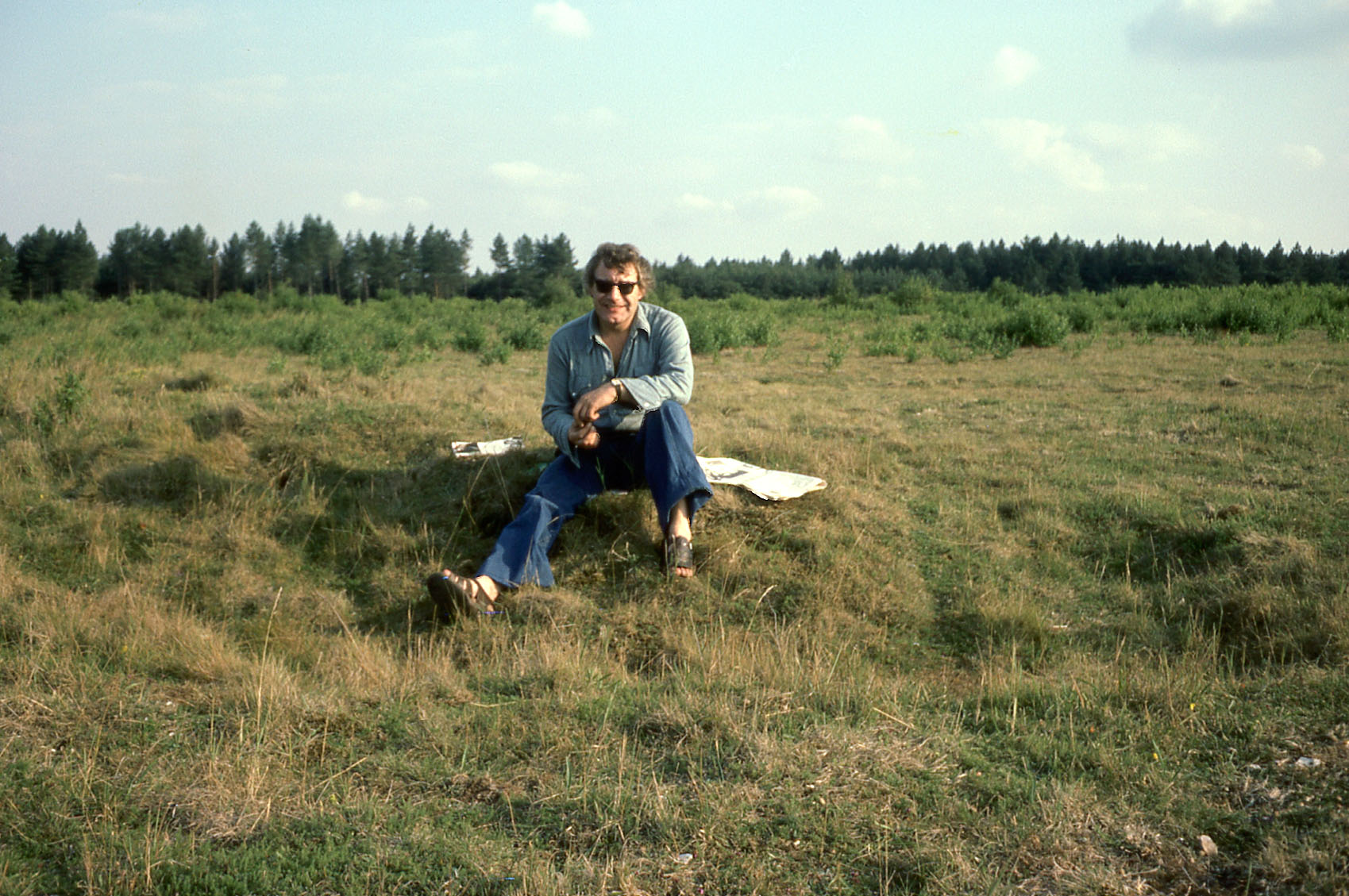 |
 |
|
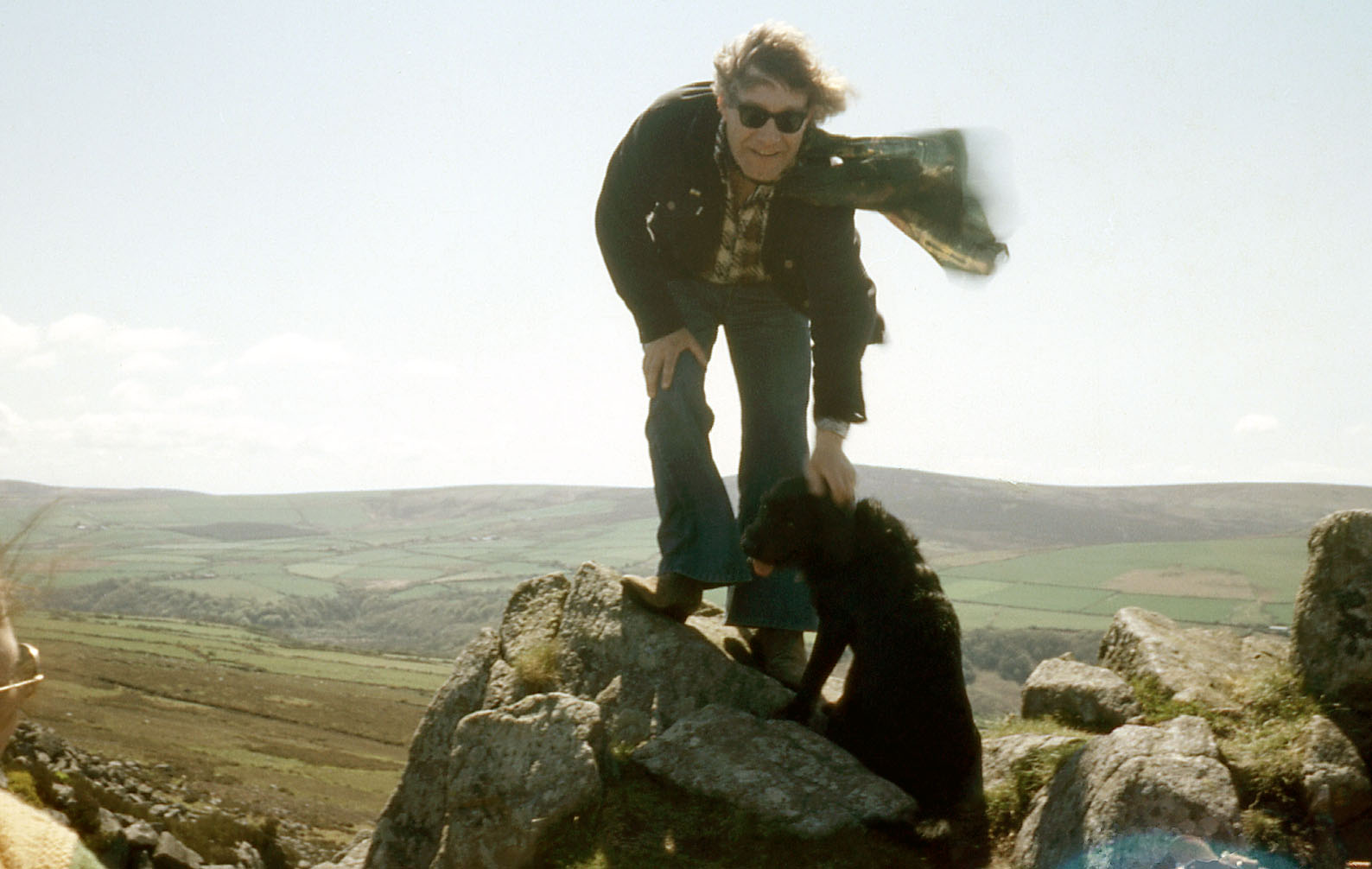 |
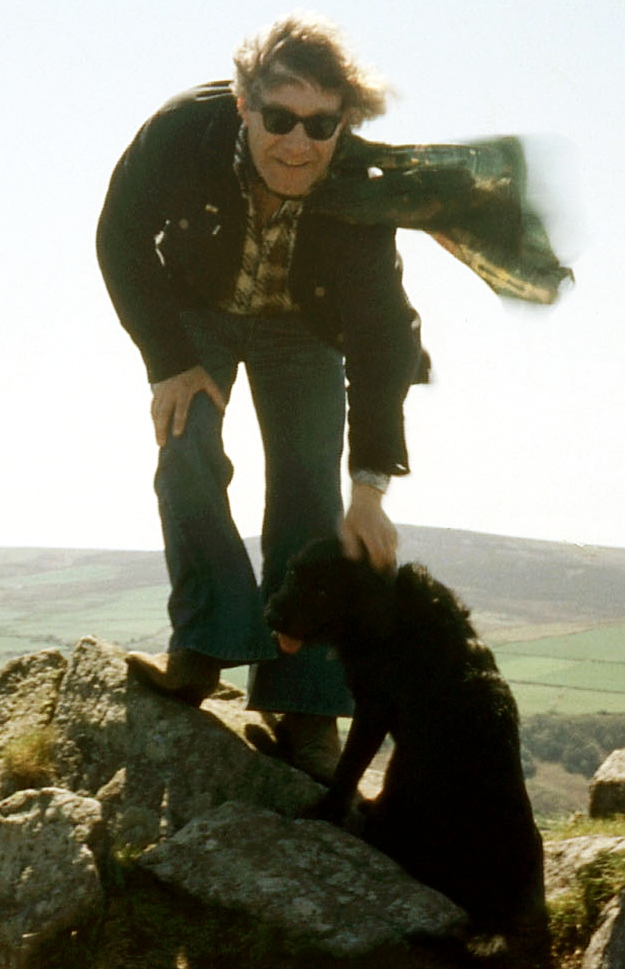 |
|
 |
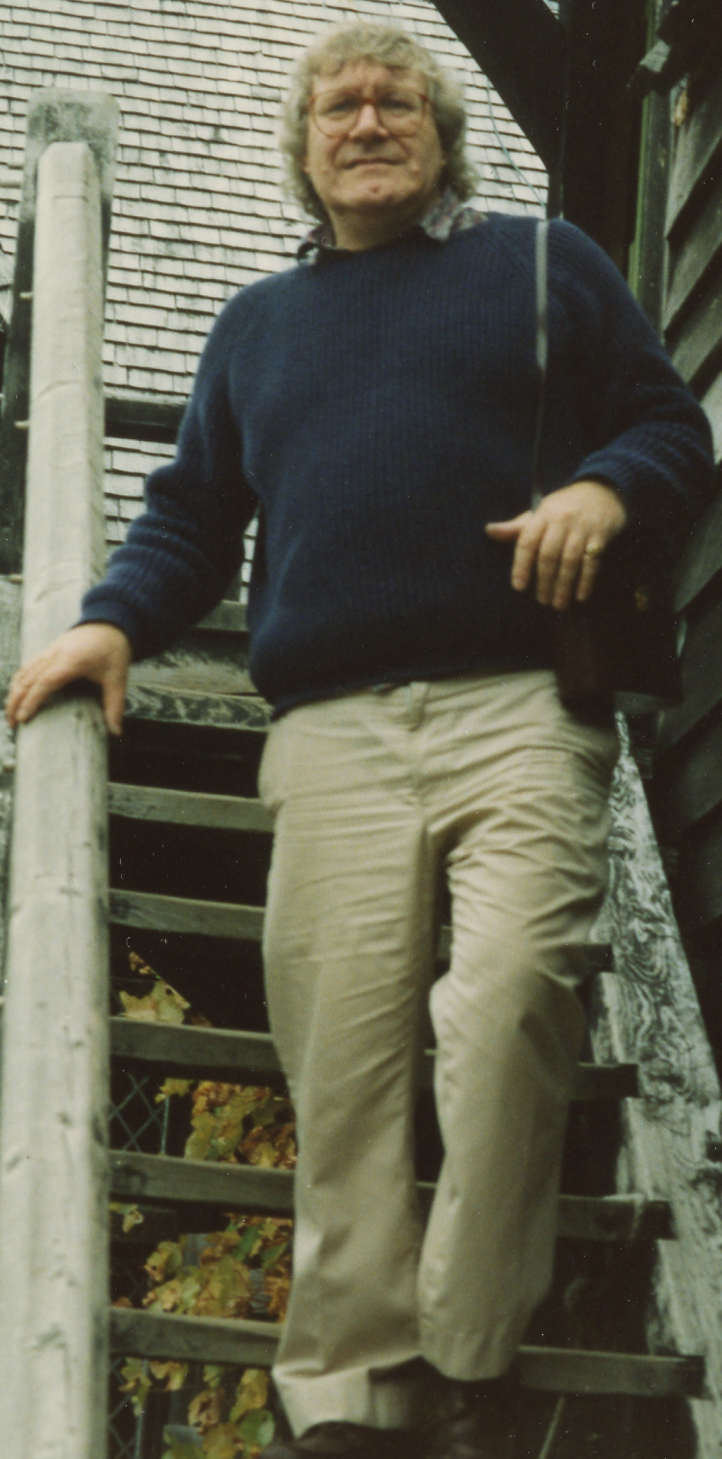 |
|
| ↑ David and Jennifer ↑ | ↑ David at Habitation, 1990 ↑ | |
 |
||
| ↑ David and Jennifer, Selby Abbey, 1989 ↑ |